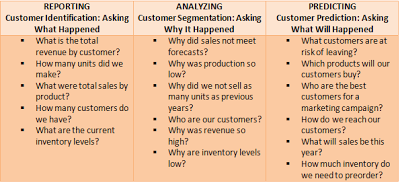CHAPTER 15
CHAPTER 15 : OUTSOURCING IN THE 21ST CENTURY
Outsourcing Projects
Insourcing ( in – house – development ) – a common approach using the professional expertise within an organization to develop and maintain the organization’s information technology systems.
Outsourcing – an arrangement by which one organization provides a service or services for another organization that chooses not to perform them in house.


Onshore outsourcing – engaging another company within the same country for services.
Nearshore outsourcing – contracting an outsourcing arrangement with a company in a nearby country.
Offshore outsourcing – using organizations from developing countries to write code and develop systems.
Factors driving outsourcing growth :
-Core competencies – many companies have recently begun to consider outsourcing as a means to fuel revenue growth rather than just a cost – cutting measure.
-Financial savings – it is typically cheaper to hire workers in China and India than similar workers in the United States.
-Rapid growth – an organization is able to acquire best practices process expertise. This facilitates the design , building, training and deployment of business processes or funtions.
-Industry changes – high levels of reorganization across industries have increased demand for outsourcing to better focus on core competencies.
-The Internet – the pervasive nature of the internet as an effective sales channel has allowed clients to become more comfortable with outsourcing.
-Globalization – as markets open worldwide, competition heats up. Companies may engage outsourcing service providers to deliver international services.
Outsourcing Benefits :
-Increase quality and efficiency
-Reduced operating expenses
-Outsourcing non- core processes
-Reduce exposure to risk
-Economies of scale , expertise, and best practices
-Access to advanced technologies
-Increased flexibility
-Avoid costly outlay of capital funds
-Reduced headcount and associated overhead expenses
-Reduced time to market to products or services
Outsourcing Challenges :
-Contract length – most outsourcing contracts span several years and cause the issues discussed above.
1.Difficulties in getting out of a contract
2.Problems in foreseeing future needs
3.Problems in reforming an internat IT department after the contract is finished
-Competitive edge – effective and innovative use of IT can be lost when using an outsourcing service provider.
-Confidentiality – confidential information might be breached by an outsourcing service provider , especially one that provides services to competitors.
-Scope definition – scope creep is a common problem with outsourcing agreements.





























